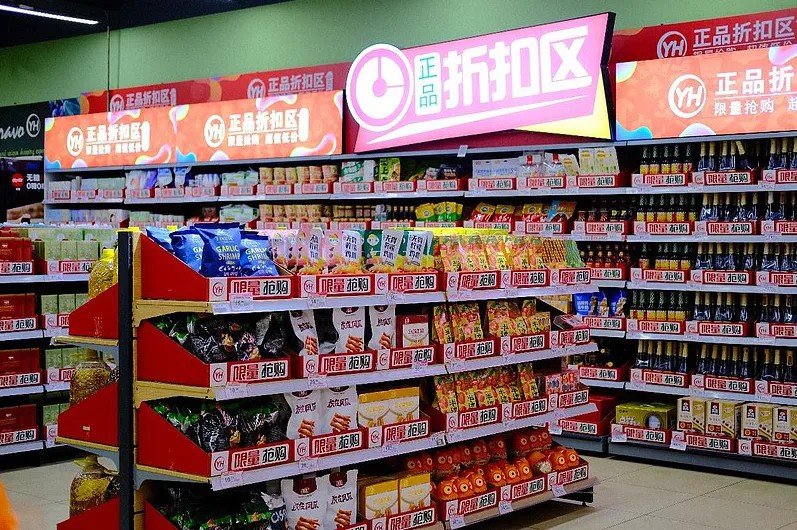Discount retail and wholesale clearance have become significant players in the global retail landscape, offering consumers value-for-money products while helping businesses manage inventory efficiently. This article explores the development and current state of these retail models, drawing insights from successful examples in Japan, the United States, and Germany.
Origins and Growth
The concept of discount retail emerged during periods of economic downturn, particularly in the early 20th century. In the United States, the Great Depression of the 1930s saw the rise of factory outlet stores as manufacturers sought to offload excess inventory. Similarly, in post-war Germany and Japan, economic hardships created a demand for affordable goods, paving the way for discount retailers.
Types of Discount Retail Models
- Soft Discount: This model, popular in Japan, relies heavily on clearance goods and overstock from brands. Retailers like Don Quijote exemplify this approach, offering a wide variety of products at discounted prices.
- Hard Discount: Pioneered by German retailers like Aldi and Lidl, this model focuses on offering a limited selection of mostly private-label products at very low prices, achieved through efficient supply chain management and streamlined operations.
- Warehouse Clubs: Popularized in the United States by companies like Costco and Sam’s Club, this model combines bulk purchasing with membership fees to offer significant discounts on a wide range of products.
Key Success Factors
- Efficient Supply Chain Management: Discount retailers excel at optimizing their supply chains to reduce costs and increase turnover rates.
- Private Label Products: Many successful discount retailers offer a high percentage of private label goods, allowing for better margin control and unique product offerings.
- Limited SKUs: Hard discount retailers often stock a carefully curated selection of products, enabling better inventory management and bulk purchasing power.
- No-frills Store Design: Many discount stores feature simple, utilitarian layouts to reduce operational costs.
- Strategic Location: Discount stores often choose locations with lower rent to further reduce overhead costs.
- Global Sourcing: Leveraging international supply networks helps retailers secure the best prices for their products.
Market Trends and Future Outlook
The discount retail sector has shown remarkable resilience, often thriving during economic downturns and maintaining growth even in periods of economic prosperity. The sector continues to evolve, with many retailers now embracing e-commerce and developing omnichannel strategies to meet changing consumer preferences.
In recent years, there has been a growing focus on quality alongside low prices, with many discount retailers expanding their offering of organic, sustainable, and premium products to cater to more diverse consumer segments.
Conclusion
Discount retail and wholesale clearance have proven to be enduring and adaptable business models. By offering consumers value for money and helping businesses manage inventory, these models have become integral parts of the global retail ecosystem. As consumer behavior continues to evolve, discount retailers are likely to further innovate, balancing low prices with quality and sustainability to meet the demands of future shoppers.
